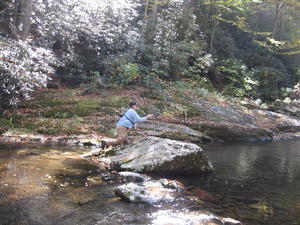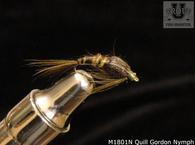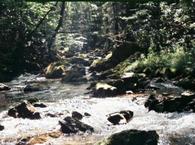
If you are an experienced fisherman, recognizing the types of water found in a typical trout stream is second nature. But if you are an occasional trout fishermen, a little review may be necessary to get us all on the same “page”. Without getting into a great deal of detail, there are only about five basic types of trout water. Of course there other types depending on just how much detail you want to get into. However, if you are new to trout fishing, you only need to learn how to recognize these five basic types or waters which are the pools, pockets, riffles, runs and seams.
First let us review the pools. The pools are the most obvious since they are those larger, deeper areas of water that look just like what you might expect a pool to look like. For the most part, the surface is reasonably smooth. There is usually some current that can be seen at the heads of the pools where the water flows into the pool. Just upstream of where the water exits the pool, the water will usually be smooth and shallow.
When there are large rocks or boulders in the water, a pocket of water is formed as the current flows around the obstacle. The pocket of water is formed directly downstream of the boulder. Water in this pocket is usually very slow moving and almost still.
A riffle is an area of fast flowing water that is usually over a rough bed of gravel or rocks. The obstructions on the bottom are what make the riffle or wavy appearance on the surface of the water.
A run is different from the riffles, in that the surface of the water is somewhat smoother. A run is a deeper area of fast flowing water that flows between large rocks and boulders or between these obstructions and the banks. Often, the surface can be broken in some areas especially near the head of the run.





